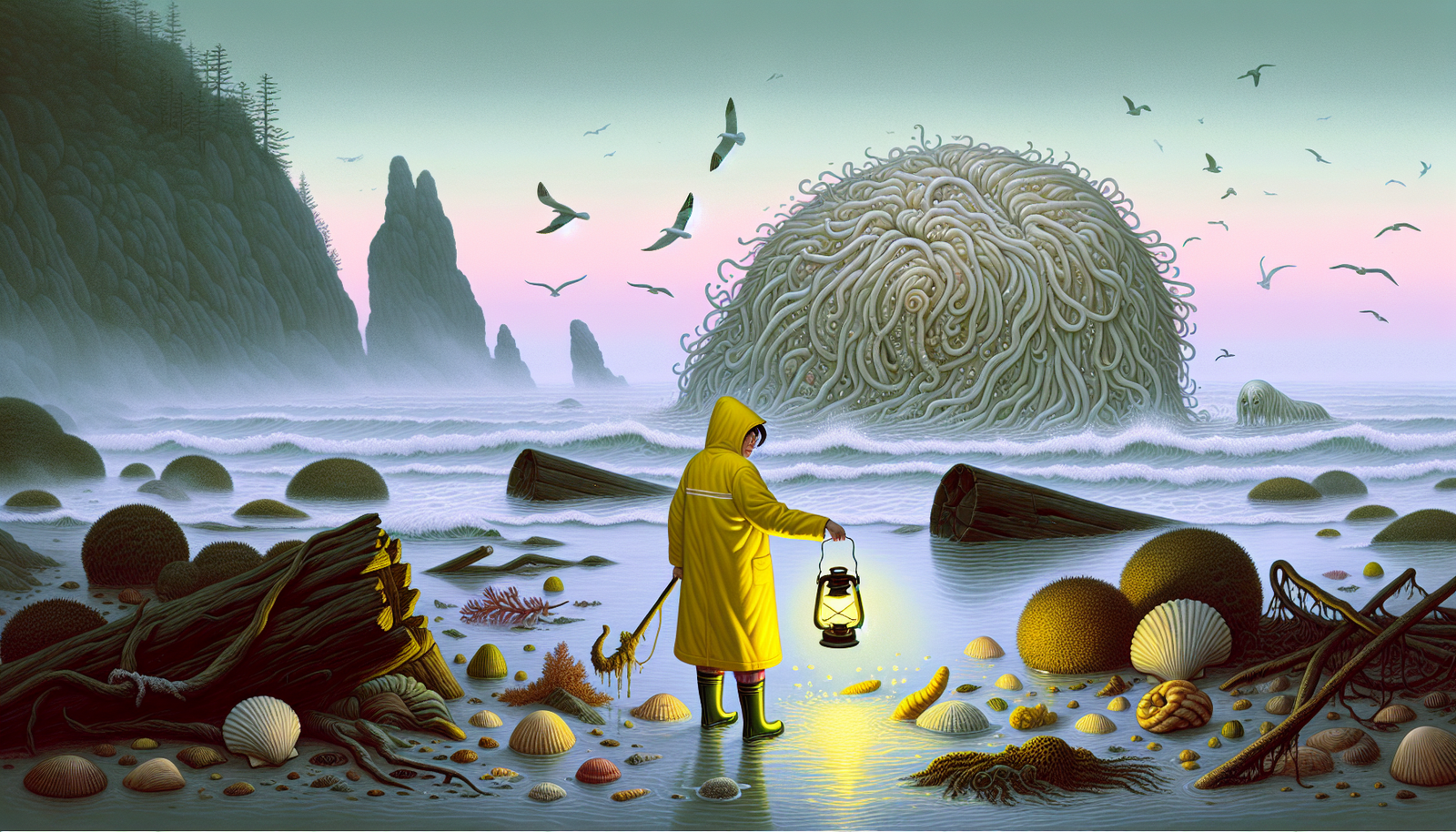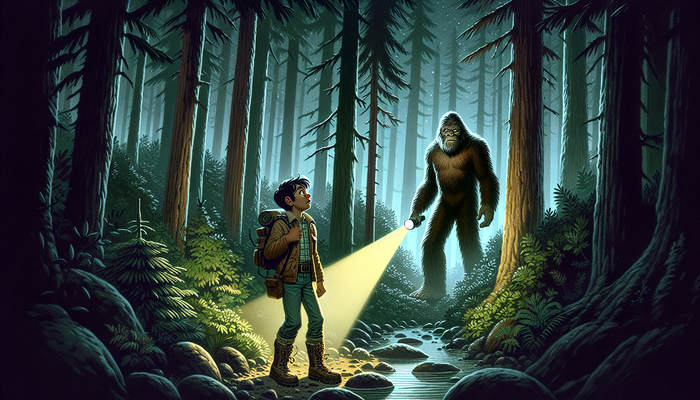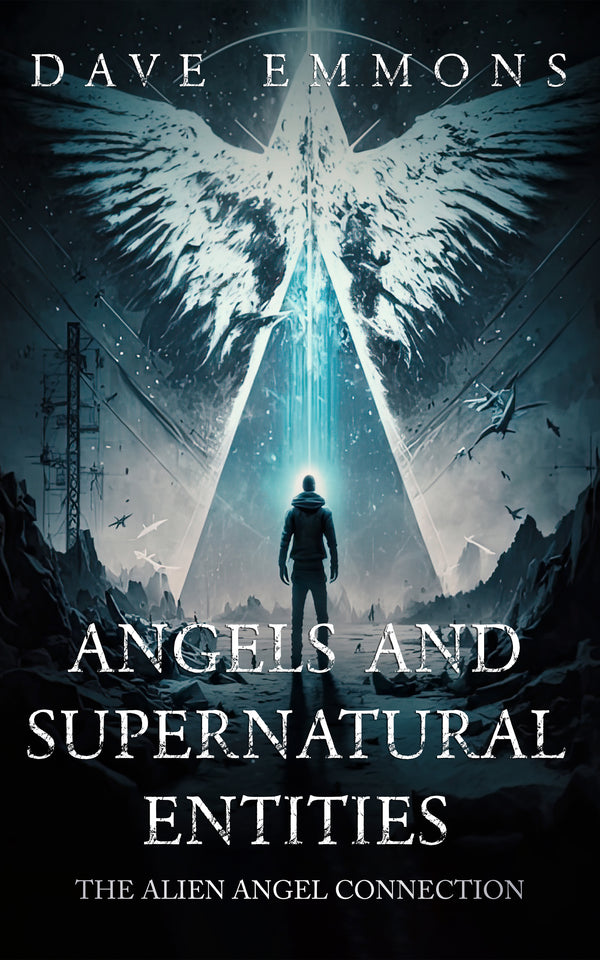Gooey Mysteries: The Bizarre World of Globsters Washed Ashore

By Lucas Jennings, Cryptozoologist and Adventurous Naturalist
The Mysterious Arrival
Picture this: you're strolling along a pristine beach, the salty breeze tousling your hair, the rhythmic crash of waves providing a soothing soundtrack. Suddenly, you spot something in the distance, a massive, amorphous lump washed up on the shore. As you approach, your nose wrinkles at the overwhelming stench of decay. You squint, trying to make sense of the bizarre form before you. It's enormous, easily the size of a school bus, and seems to be covered in some sort of hair or fur. But it has no discernable head, no eyes, no features that would help you identify it as any known creature. You, my friend, have just had your first encounter with a globster.
Globsters, those mysterious gelatinous masses that occasionally grace our shores, have been captivating the public imagination for centuries. They are the ultimate marine mystery, defying easy categorization and inviting wild speculation about their origins. Are they the remains of some undiscovered leviathan from the depths of the ocean? Rare species of giant octopus or squid? Visitors from another world entirely? Or are they merely the decaying husks of known creatures, transformed into something unrecognizable by the ravages of decomposition?
As a cryptozoologist and adventurous naturalist, I've made it my life's work to investigate these questions and attempt to unravel the tangled, often gooey, mysteries surrounding globsters. And let me tell you, the more you delve into the bizarre world of these beached behemoths, the more questions seem to arise. But that's part of the allure, isn't it? In a world where so much is known, categorized, and quantified, globsters represent a tantalizing glimpse into the unknown, a reminder that there are still mysteries out there waiting to be solved. Or, at the very least, poked with a stick and sniffed at.
So join me, dear reader, as we dive headfirst into the strange, stinky, and utterly fascinating realm of globsters. We'll explore the history of these cryptic corpses, examine some of the most famous cases, and try to separate fact from fiction in the murky waters of globster lore. Along the way, we'll grapple with the enduring question at the heart of this slimy subject: what do globsters really tell us about the ocean and our relationship with the mysterious creatures that call it home? Grab your nose plugs and your sense of adventure, and let's find out.
What in the World is a Globster?
Before we go any further, let's take a moment to define our terms. What exactly is a globster, anyway? The term itself is a relatively recent invention, coined by the inimitable Ivan T. Sanderson in 1962 to describe a particularly perplexing carcass that had washed ashore in Tasmania. Sanderson, a biologist and a bit of a character, had a penchant for investigating cryptozoological oddities. When confronted with the Tasmanian mass, a 20-foot-long, 18-foot-wide hunk of whitish, hairlike flesh, Sanderson found himself at a loss for words. So, in true Sanderson fashion, he made one up. Combining "glob" and "monster," he christened the creature a "globster," and the name stuck.
Since then, "globster" has become the go-to term for any large, unidentified organic mass that washes up on a shoreline and proceeds to baffle onlookers. But what sets a globster apart from your run-of-the-mill beached whale or rotting shark carcass? A few key characteristics:
- Lack of Recognizable Features: One of the most striking things about globsters is their lack of any easily identifiable features. They are typically described as having no visible eyes, no defined head, and no apparent bone structure. This absence of familiar anatomy is what makes them so difficult to identify and so ripe for speculation.
- Immense Size: Globsters are big. Really big. The Tasmanian specimen that started it all was estimated to weigh between 5-10 tons. The Chilean Blob of 2003 was a whopping 40 feet long and 13 tons. These are not your average fish out of water; they are massive, imposing, and more than a little unsettling.
- Gelatinous Consistency: Despite their size, globsters are often described as having a soft, almost gelatinous texture. They are amorphous blobs, lacking any rigid structure. This contributes to their bizarre appearance and makes it difficult to discern any internal anatomy that might provide clues to their identity.
- Strange "Hairy" Appearance: Many globsters are said to be covered in what looks like white hair or fur. The Tasmanian globster was described as having a "woolly" appearance, while the St. Augustine Monster of 1896 was said to be covered in "white, stringy hair." Of course, as we'll discuss later, this "hair" is not what it seems.
- Putrid Odor: Perhaps the most immediate and arresting feature of a globster is its smell. These things REEK. The stench of decaying flesh is often what alerts beachgoers to the presence of a globster long before they lay eyes on it. The odor has been described as "abysmal," "foul," and "like something from another planet." It is a stench that lingers in the nostrils and the memory.
Taken together, these characteristics make globsters true oddities, defying easy comparison to any known creature. They are, in a sense, the ultimate taxonomic misfits, refusing to fit neatly into any of our preconceived categories of marine life. And it is precisely this quality, this stubborn resistance to identification, that has made them such enduring objects of fascination and speculation.
Of course, as we'll see, most globsters do eventually get identified, often as the decaying remains of whales or large sharks. But there's always that tantalizing possibility, however remote, that a given globster represents something truly new and unknown. It's that glimmer of mystery, that faint whiff of the extraordinary amidst the overwhelming funk of decomposition, that keeps us coming back to these strange beasts again and again.
A History of Famous Globsters
Now that we have a sense of what globsters are (and what they smell like), let's take a stroll down memory lane and examine some of the most famous and intriguing globster incidents throughout history. From the early 19th century to the present day, these bizarre beached masses have been making headlines and fueling imaginations.
The Stronsay Beast (1808)
Our globster journey begins on the windswept shores of Stronsay, a small island off the coast of Scotland. In 1808, a monstrous carcass washed ashore, measuring an impressive 55 feet long. Eyewitness descriptions were as vivid as they were varied, with reports of a small head, multiple pairs of legs, and a bristly mane running down the creature's back.
Local naturalists were abuzz with excitement, believing they had discovered a previously unknown species of sea serpent. They even went so far as to give it a scientific name: Halsydrus pontoppidani, after the 18th-century bishop and sea monster enthusiast, Erik Pontoppidan.
However, not everyone was convinced. The eminent anatomist Sir Everard Home examined the creature's vertebrae and concluded that it was not a sea serpent, but a basking shark. Later analysis in the 1980s supported Home's assessment.
The Stronsay Beast is a prime example of how globsters can capture the public imagination and spark heated scientific debate. It also illustrates a common pattern in globster stories: initial excitement about a possible new species, followed by a more mundane (but no less fascinating) identification.
The St. Augustine Monster (1896)
Fast forward nearly a century to the sunny shores of Florida, where a group of young boys made a discovery that would go down in globster history. The St. Augustine Monster, as it came to be known, was a massive blob of white, rubbery flesh, lacking any discernable head or limbs.
Local physician Dr. DeWitt Webb was called in to examine the carcass and, after much head-scratching, declared it to be the remains of a giant octopus. He even gave it a scientific name: Octopus giganteus. News of the discovery spread like wildfire, with newspapers around the world speculating about the existence of colossal cephalopods lurking in the depths.
It wasn't until nearly a century later that the true identity of the St. Augustine Monster was revealed. In 1995, a team of researchers subjected preserved samples of the creature's flesh to electron microscopy and biochemical analysis. Their conclusion? The "monster" was nothing more than a large mass of collagen fibers, most likely from a whale.
The St. Augustine Monster is a cautionary tale about the power of wishful thinking and the importance of thorough scientific analysis. It's also a reminder that even the most bizarre and seemingly inexplicable globsters often have perfectly natural (if somewhat disgusting) explanations.
Trunko (1924)
Of all the globsters on record, none is quite as strange or beguiling as the creature known as Trunko. In 1924, beachgoers in Margate, South Africa reported seeing a truly bizarre sight: a white, furry creature with an elephantine trunk doing battle with two killer whales. The fight allegedly went on for hours before the mystery beast succumbed and washed ashore.
Eyewitnesses described Trunko as being around 47 feet long, 10 feet wide, and 5 feet high. It was said to have a lobster-like tail, a pair of tusks, and a coating of long, white hair. Some reports even claimed that the creature had been seen using its tail to fend off the orcas.
If the descriptions of Trunko sound too good to be true, that's because they probably are. No reliable scientific analysis was ever conducted on the carcass, and it washed back out to sea before any real investigation could be done. Some researchers have suggested that Trunko may have been a globster-ized whale or shark, with the "fight" being nothing more than orcas feeding on the carcass.
Still, the legend of Trunko endures as a reminder of the power of globsters to capture our imaginations and challenge our understanding of what's possible in the vast, unexplored reaches of the ocean.
The Chilean Blob (2003)
Jumping ahead to the 21st century, we come to one of the most massive and perplexing globsters on record: the Chilean Blob. Discovered on a beach in Los Muermos, Chile, this colossal carcass measured a staggering 40 feet long and weighed an estimated 13 tons.
Initial speculation ran wild, with some suggesting that the blob was a previously unknown species of giant octopus or squid. The idea of a colossal cephalopod was particularly tantalizing, as no octopus species of that size had ever been documented.
However, as with so many globsters before it, the Chilean Blob's true identity was far more mundane. DNA analysis revealed that the tissue was from a sperm whale, likely a large mass of blubber and skin that had separated from the rest of the carcass as it decomposed.
The Chilean Blob is a testament to the enduring mystery and allure of globsters, even in an age of advanced scientific techniques. It's also a sobering reminder of the immense size and strangeness of some of the creatures that call the ocean home.
These are just a few of the most famous globster incidents, but they are representative of the larger pattern: a strange, unidentifiable mass washes ashore, generating excitement and speculation, only to be revealed as something far more ordinary (if no less fascinating) upon closer inspection.
But for every globster that gets identified, there's always the tantalizing possibility of one that defies explanation. And it's that possibility, however remote, that keeps us coming back to these strange, smelly visitors from the deep.
Solving the Globster Puzzle
So far, we've explored the defining characteristics of globsters and delved into some of the most famous cases throughout history. But the big question remains: what are these bizarre beasts, really? How do we explain their strange appearances and often massive sizes?
The truth, as is so often the case in science, is simultaneously mundane and fascinating. The vast majority of globsters, when subjected to rigorous analysis, turn out to be the decaying remains of known creatures, particularly whales and large sharks.
Whale Falls and Basking Sharks
Whales, being the largest animals on Earth, naturally produce some of the biggest and most impressive carcasses. When a whale dies at sea, a number of things can happen. Sometimes the body will sink to the ocean floor, creating a unique ecosystem known as a "whale fall." But in other cases, gases produced by decomposition cause the carcass to bloat and float to the surface.
As the carcass bobs along on the currents, scavengers like sharks and hagfish will tear away at the flesh, often stripping it down to the bones. But the tough, collagen-rich blubber can sometimes separate from the rest of the body and float away on its own. This mass of fat and connective tissue can wash ashore, creating the illusion of a strange, headless creature.
Basking sharks, the second-largest fish in the world, can also create convincing globsters. When these gentle giants die and begin to decompose, their cartilaginous skeletons can detach from the flesh, causing the body to lose its shape. The result can be a bizarre, almost unrecognizable mass of flesh.
The Role of Decomposition
But it's not just the separation of flesh from bone that makes globsters so strange-looking. The process of decomposition itself can drastically alter the appearance of a carcass, making even familiar creatures look utterly alien.
As bacteria and other microbes begin to break down the soft tissues, gases are produced that cause the body to bloat and distend. This can give the carcass a rounded, almost balloon-like appearance. As decomposition progresses, the skin can slough off, revealing the underlying layers of fat and muscle.
It's these exposed connective tissues that are responsible for the "hairy" or "furry" appearance of many globsters. As the fats and oils leach away, the tough, stringy collagen fibers are left behind, creating the illusion of a coat of white hair.
And of course, there's the smell. The combination of rotting flesh, bacteria, and sulfurous compounds produced during decomposition can create an odor that is truly unforgettable. It's often this stench, wafting on the breeze, that first alerts people to the presence of a globster on the beach.
Advances in Identification
In the past, the bizarre appearance and advanced state of decomposition of many globsters made them difficult, if not impossible, to identify. But advances in scientific techniques, particularly in the fields of genetics and biochemistry, have made it much easier to solve these smelly mysteries.
From Bigfoot to UFOs: Hangar 1 Publishing Has You Covered!
Explore Untold Stories: Venture into the world of UFOs, cryptids, Bigfoot, and beyond. Every story is a journey into the extraordinary.
Immersive Book Technology: Experience real videos, sights, and sounds within our books. Its not just reading; its an adventure.



























